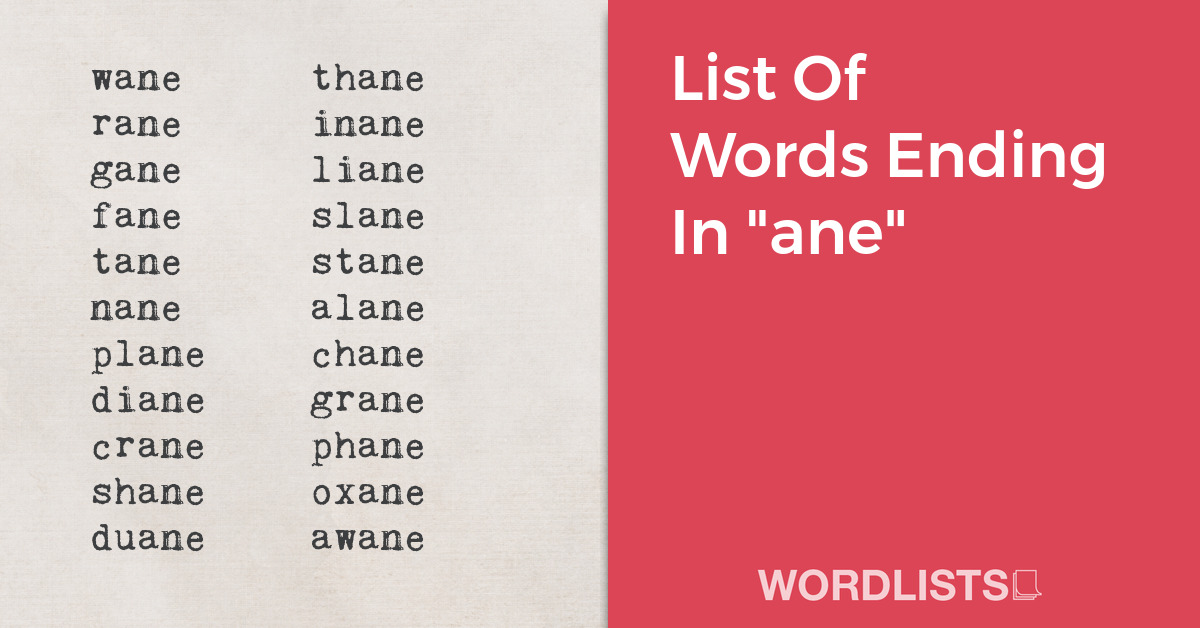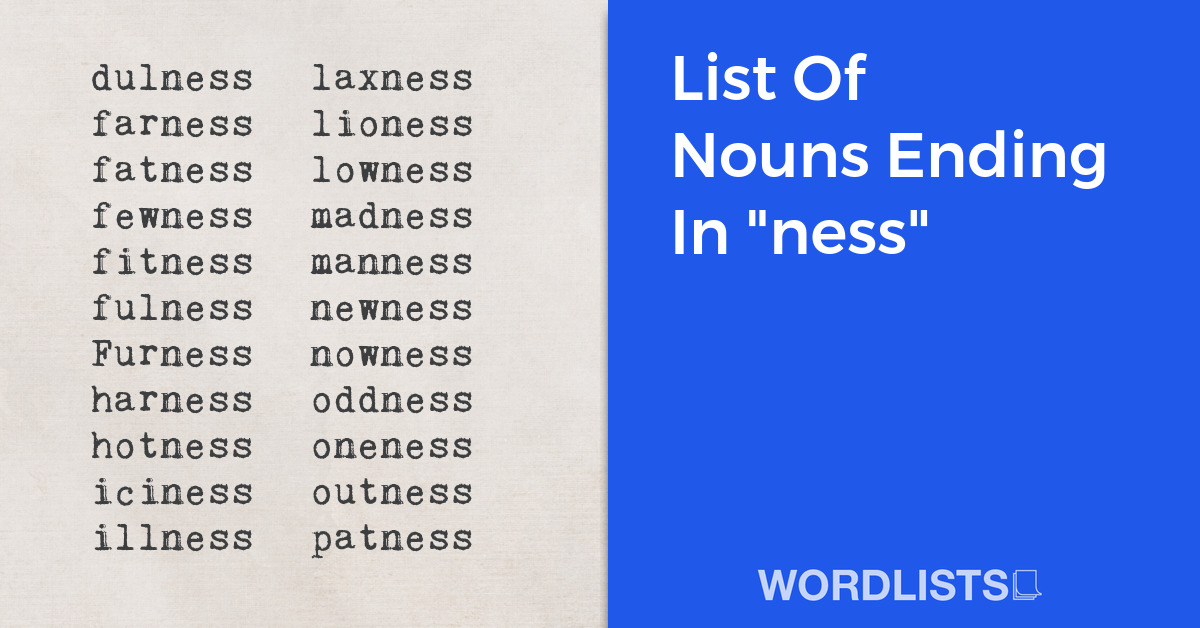The ocean is a vast and mysterious place, covering more than 70% of the earth’s surface, and is home to a staggering array of plant and animal life. From the deep trenches of the abyss to the shallow coral reefs, the ocean is a place of endless fascination.
There are many words associated with the ocean that help us describe and understand this vast and complex ecosystem. From terms for different types of ocean environments and phenomena to words that describe the creatures that call the ocean home, this list of 50 words will give you a greater appreciation for the wonders of the sea.

Subscribe to our mailing list to receive FREE exclusive content and offers!
50 Words Associated With The Ocean Meanings
Ocean: The vast body of salt water that covers more than two-thirds of the earth’s surface. Oceans are the largest ecosystem on Earth and contain a diverse array of marine life.
Wave: A long body of water curling into an arched form and breaking on the shore. Waves are generated by wind passing over the surface of the sea.
Tide: The periodic rise and fall of the water level in the oceans and other large bodies of water. This is caused by the gravitational interaction between the Earth and the Moon and the Sun.
Shore: The land along the edge of a sea, lake, or wide river. The shore forms the boundary between the ocean and the land.
Beach: A pebbly or sandy shore, especially by the ocean between high- and low-water marks. Beaches are areas where sediment (sand, pebbles, etc.) accumulates by the action of waves and currents.
Sea: A large body of salt water that is smaller than an ocean. The term “sea” can also refer to a large lake that contains salt water, such as the Caspian Sea.
Marina: A specially designed harbor with moorings for pleasure yachts and small boats. Marinas often provide services for boaters, such as fuel, repairs, and restaurants.
Port: A town or city with a harbor where ships load or unload, especially one where customs officers are stationed. Ports are crucial for international trade.
Harbor: A place on the coast where ships may moor in shelter, especially one protected from rough water by piers, jetties, and other artificial structures.
Dock: A structure extending alongshore or out from the shore into a body of water, to which boats may be moored. A dock is typically used for loading, unloading, repair, or building of ships.
Boat: A small vessel for traveling over water, propelled by oars, sails, or an engine. Boats are usually smaller than ships and can be found on lakes and rivers as well as the ocean.
Ship: A large seagoing vessel. Ships are generally distinguished from boats based on their larger size, shape, and cargo or passenger capacity.
Sailboat: A boat propelled by sails. Sailboats use the wind as their primary means of propulsion, and they come in a variety of sizes and types.
Yacht: A medium-sized sailing boat equipped for cruising or racing. Yachts are often associated with luxury and are typically used for recreational purposes.
Fisherman: A person who catches fish for a living or as a sport. Fishermen often venture into the ocean to catch various species of fish and other marine life.
Seafood: Shellfish and sea fish, served as food. Seafood is a broad term that includes any edible aquatic life.
Lobster: A large marine crustacean with a cylindrical body, stalked eyes, and the first of its five pairs of limbs modified as pincers. Lobsters are considered a delicacy in many parts of the world.
Crab: A ten-legged crustacean with a flat body covered by a strong shell. Crabs live in all the world’s oceans, in fresh water, and on land.
Shrimp: A small free-swimming crustacean with an elongated body, typically marine and frequently harvested for food.
Oyster: A type of bivalve mollusk that lives in marine or brackish habitats. Some species of oyster are commonly consumed, cooked or raw, by humans.
Scallop: A marine bivalve mollusk of the family Pectinidae. Scallops are a cosmopolitan family and are highly prized as a food source.
Clams: A type of shellfish with a very broad category of mollusk, encompassing several species. Clams have a shell of equal halves and are consumed around the world.
Mussels: Small edible bivalve mollusks that have a blue or black shell. Mussels are often found clinging to rocks along the beach.
Squid: A cephalopod mollusk with eight short arms and two long tentacles. Squid is a popular seafood in many parts of the world.
Octopus: A soft-bodied, eight-limbed mollusk of the order Octopoda. Octopuses are among the most intelligent and behaviorally diverse of all invertebrates.
Dolphin: A highly intelligent aquatic mammal known for its playful behavior. Dolphins are found worldwide, mostly in shallow seas of the continental shelves.
Whale: A very large marine mammal with a streamlined hairless body, a horizontal tail fin, and a blowhole on top of the head for breathing. Whales are the largest animals on Earth.
Shark: A long-bodied chiefly marine fish with a cartilaginous skeleton, a prominent dorsal fin, and tooth-like scales. Sharks are top predators in many marine ecosystems.
Seal: A carnivorous aquatic mammal of the family Phocidae or Otariidae, with a streamlined body, limbs modified as flippers and a thick fur or smooth skin.
Seagull: A popular, but inaccurate, term for a gull, a seabird of the family Laridae in the suborder Lari. Seagulls are often associated with coastal environments and are known for their distinctive cries.
Pelican: A large aquatic bird characterized by a long beak and a large throat pouch used for catching prey and draining water from the scooped-up contents before swallowing.
Anchor: A heavy object attached to a rope or chain and used to secure a vessel to the sea bottom, typically having a metal shank with a pair of curved, barbed flukes at one end.
Mast: A tall upright post, spar, or other structure on a ship or boat, serving to support sails, rigging, etc., or to provide a lookout point.
Hull: The main body of a ship or other vessel, including the bottom, sides, and deck. The hull is the watertight body of a ship or boat.
Deck: A platform extending horizontally from one side of a ship to the other and forming the main structural element of the hull. The deck is where most of the outdoor activities on a ship occur.
Cabin: A private room or compartment on a ship. Cabins often serve as the living quarters for passengers or crew on a vessel.
Porthole: A small, round window in the side of a ship or an aircraft. Portholes provide light and ventilation while preserving the integrity of the hull or fuselage.
Compass: A navigational instrument for determining direction relative to the Earth’s magnetic poles. A compass is a critical tool for navigation on the sea.
Navigation: The process or activity of accurately ascertaining one’s position and planning and following a route, especially at sea.
Voyage: A long journey involving travel by sea or in space. In the context of the ocean, a voyage often refers to an extended journey by a ship across the sea.
Crew: A group of people who work on and operate a ship or boat.
Captain: The person in command of a ship. The captain is responsible for the safe and efficient operation of the ship, including its seaworthiness, safety and security, cargo operations, navigation, crew management, and compliance with laws and regulations.
Mate: An officer on a merchant ship who ranks below the captain. A mate is often responsible for the safety and security of the ship, as well as the welfare of the crew.
Sailor: A person whose job it is to work as a member of the crew of a commercial or naval ship or boat, especially one who is below the rank of officer.
Tide chart: A table or graph showing the movement of the tides. It’s an essential tool for sailors, fishers, and anyone else who needs to know the state of the tide.
Nautical chart: A graphic representation of a maritime area and adjacent coastal regions. Nautical charts are essential tools for marine navigation.
Buoy: An anchored float serving as a navigation mark, to show reefs or other hazards, or for mooring.
Lighthouse: A tower or other structure containing a beacon light to warn or guide ships at sea. Lighthouses are typically located on the coast or on islands.
Coral reef: An underwater ecosystem characterized by reef-building corals. Coral reefs are some of the most diverse ecosystems in the world, housing tens of thousands of marine species.
Underwater: Situated, occurring, or done beneath the surface of the water. This term is often associated with diving, underwater exploration, and marine life.







